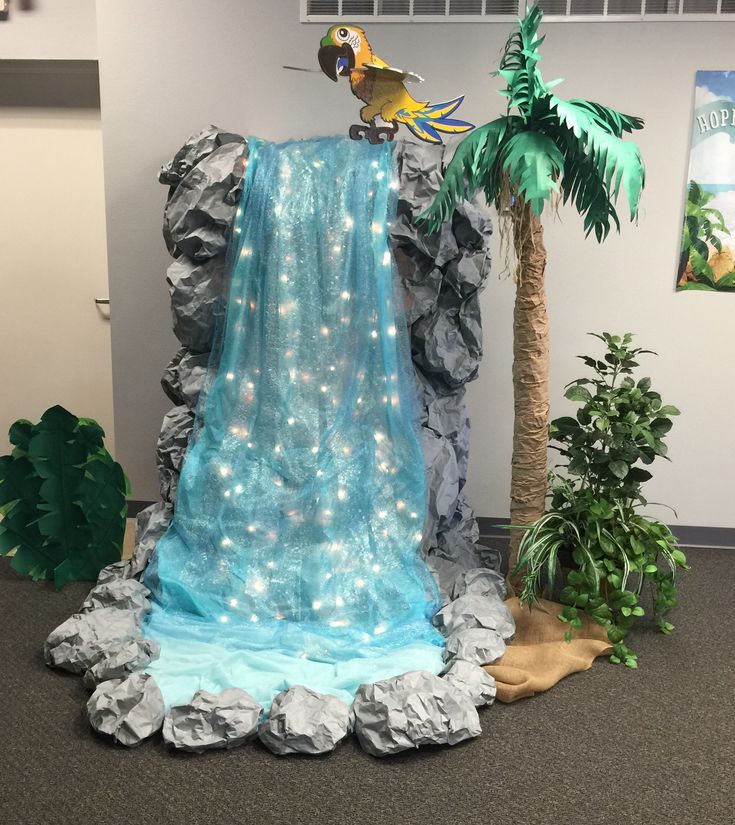Origins of Decorative Nutcrackers: A Toy Story

Christmas isn't just about the holidays; it's a season where traditions come alive, and what represents this tradition better than the ubiquitous figure of the nutcracker? Originating from the German legends, these ornate figures have not only survived the test of time but have evolved to become symbols of festivity, protection, and good fortune.
The Beginning of Nutcrackers
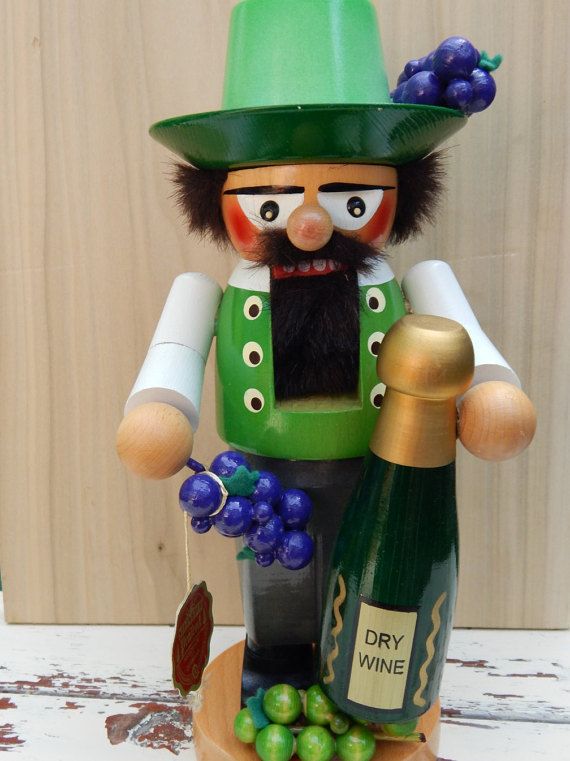
The tale of the nutcracker begins in the heart of Germany, where in the late 17th century, the first known designs of these wooden figures emerged. Nutcrackers were originally a utilitarian item for cracking nuts, a staple food during winter months. However, the quest to make these tools more appealing soon turned them into collectibles.
Early Designs
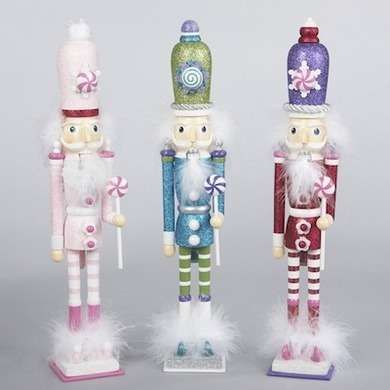
These early versions were straightforward, made from various woods such as birch or alder, showcasing minimalistic carvings. Their primary function was practical, with aesthetics secondary, focusing on basic shapes and features:
- Head and Jaw: The head would serve as the lever, with the jaw acting as the functional part to crack nuts.
- Body: Often shaped to mimic a human form or sometimes a soldier or king.
Evolution into Decorative Pieces

The transition of the nutcracker from a functional item to an ornamental masterpiece began in the late 18th century. Here’s how it happened:
- Regionality: Different regions started developing their own distinct designs, incorporating local myths and historical figures.
- Craftsmanship: Woodcarvers began to add more intricate details, enhancing the nutcracker’s facial expressions, clothing, and sometimes even adding colorful paint.
Influence of Myth and Folklore
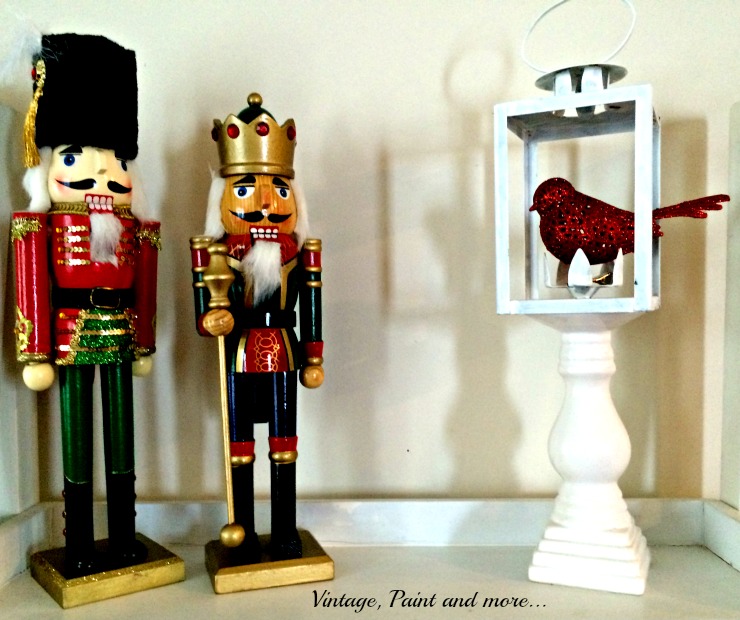
Myths and folklore greatly influenced the evolution of the nutcracker:
- Protection: They were thought to ward off evil spirits and bring luck to homes during Christmas.
- Klabautermann: Some believe nutcrackers were inspired by the maritime legend of the “Klabautermann,” a wooden creature said to protect ships from misfortune.
The Nutcracker Story
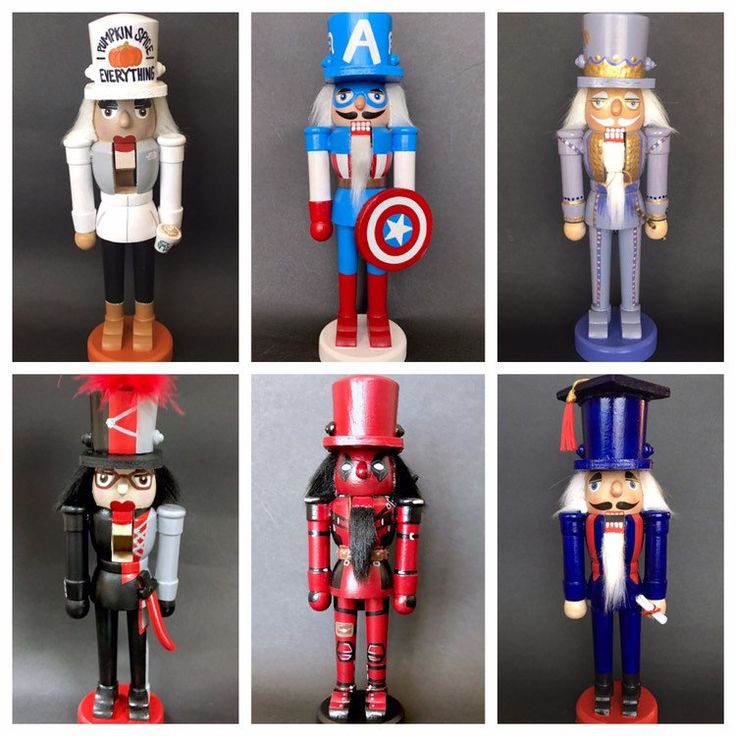
The publication of E.T.A. Hoffmann’s “The Nutcracker and the Mouse King” in 1816, later adapted into the famous ballet, played a pivotal role in elevating nutcrackers into pop culture:
- Storytelling: The narrative gave a magical backdrop to nutcrackers, turning them into protagonists in a fantastical world.
- Iconography: The ballet’s portrayal of the Nutcracker as a royal guard and a prince solidified its iconic status in Christmas lore.
Crafting Traditions

Traditionally, nutcrackers are handcrafted, each one telling a story of skill and creativity:
- Materials: Linden wood is often favored for its ease in carving, while other woods like maple or beech are also used.
- Tools: Woodcarvers use an array of tools from knives to chisels, each piece meticulously shaped and sanded.
- Decoration: After carving, nutcrackers are often painted with bright colors, enhancing their ornamental appeal.
| Regions | Distinct Features |
|---|---|
| Erzgebirge | Known for intricately carved and painted nutcrackers |
| Bavaria | Often depict historical figures or kings |
| Thuringia | Uses darker woods and simpler carvings |
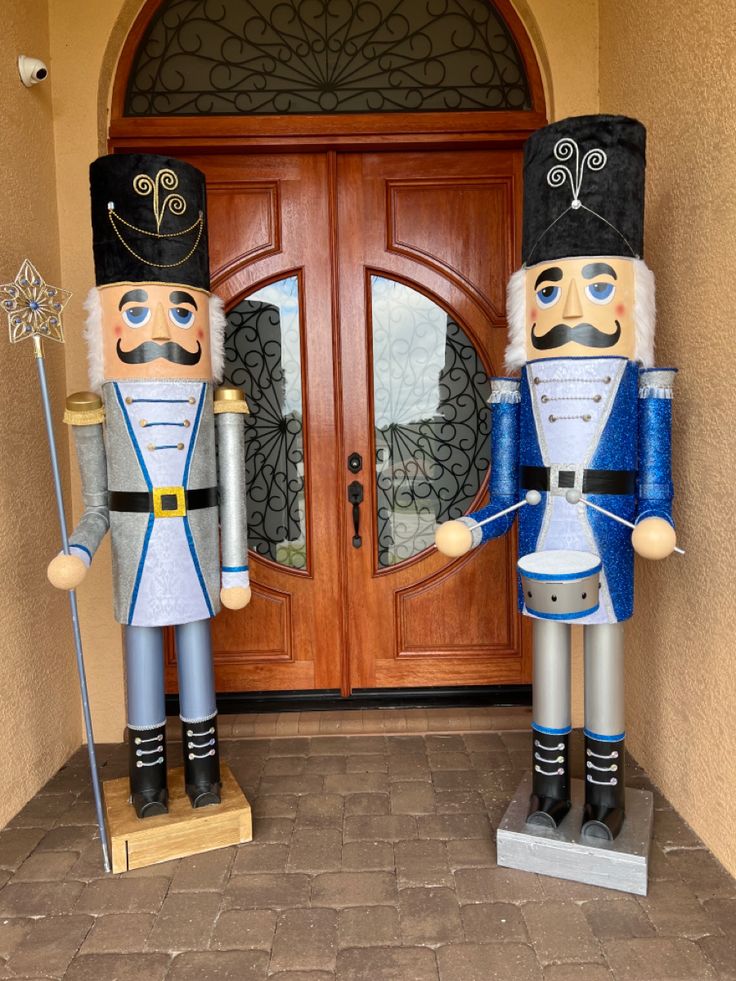
Modern Interpretations
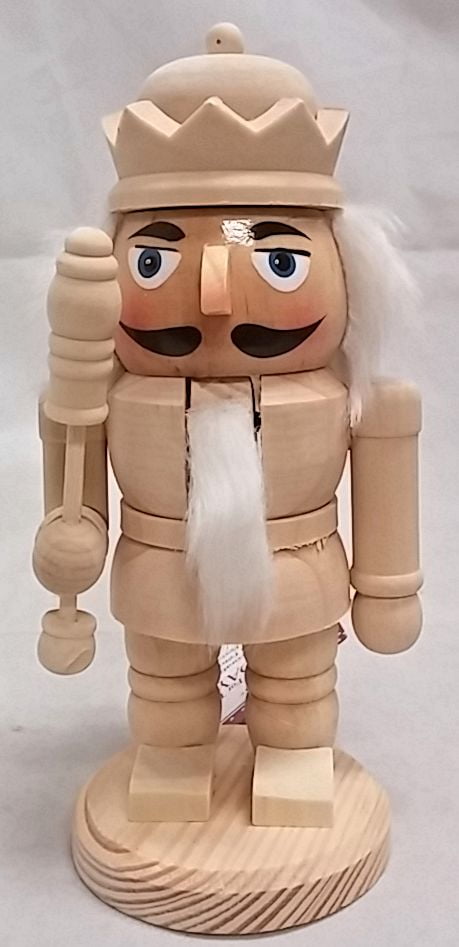
Today, nutcrackers continue to evolve with contemporary designs and global influences:
- Variety: From traditional soldiers to whimsical characters, the modern nutcracker has endless variations.
- Collectors: There’s a burgeoning community of nutcracker collectors, with pieces becoming more intricate and expensive.
- Corporate: Nutcrackers are not just Christmas decorations; they’ve become brand logos, promotional items, and more.
🔔 Note: Modern nutcrackers often serve as festive decor, but their historical significance as protection against evil should not be overlooked.
From their humble origins as simple tools for cracking nuts, nutcrackers have become cherished items, each reflecting a story of craftsmanship, tradition, and cultural heritage. As we place our nutcrackers by the Christmas tree, they continue to remind us of the joy and magic of the season, bridging the past with the present in a delightful manner. Their enduring charm lies not only in their decorative appeal but also in the stories they carry, making them an integral part of our holiday celebrations.
What is the origin of nutcrackers?
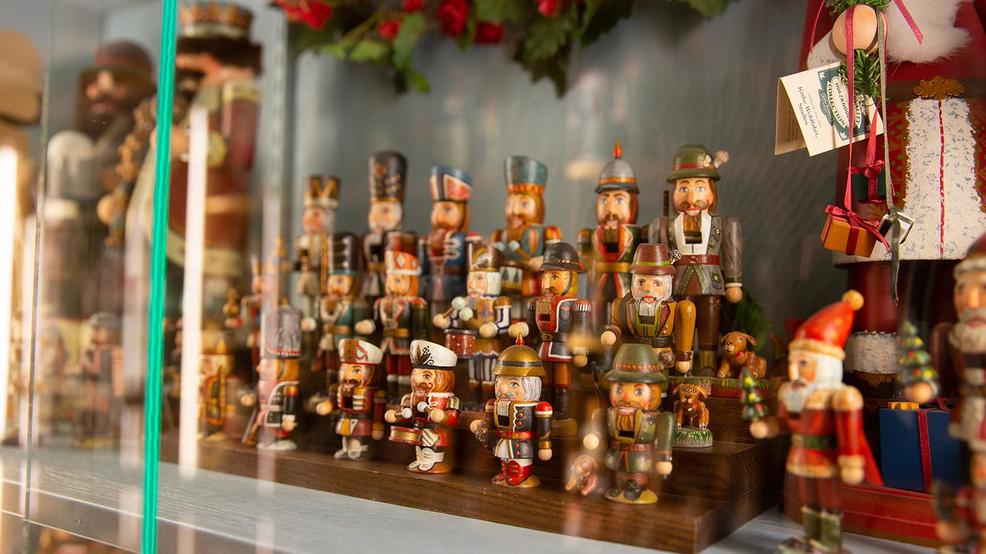
+
Nutcrackers originated in Germany during the late 17th century, initially designed for the practical purpose of cracking nuts.
How did nutcrackers become associated with Christmas?

+
The publication of E.T.A. Hoffmann’s “The Nutcracker and the Mouse King” in 1816, later adapted into a ballet, turned nutcrackers into Christmas symbols due to its magical and festive storyline.
Are all nutcrackers made of wood?
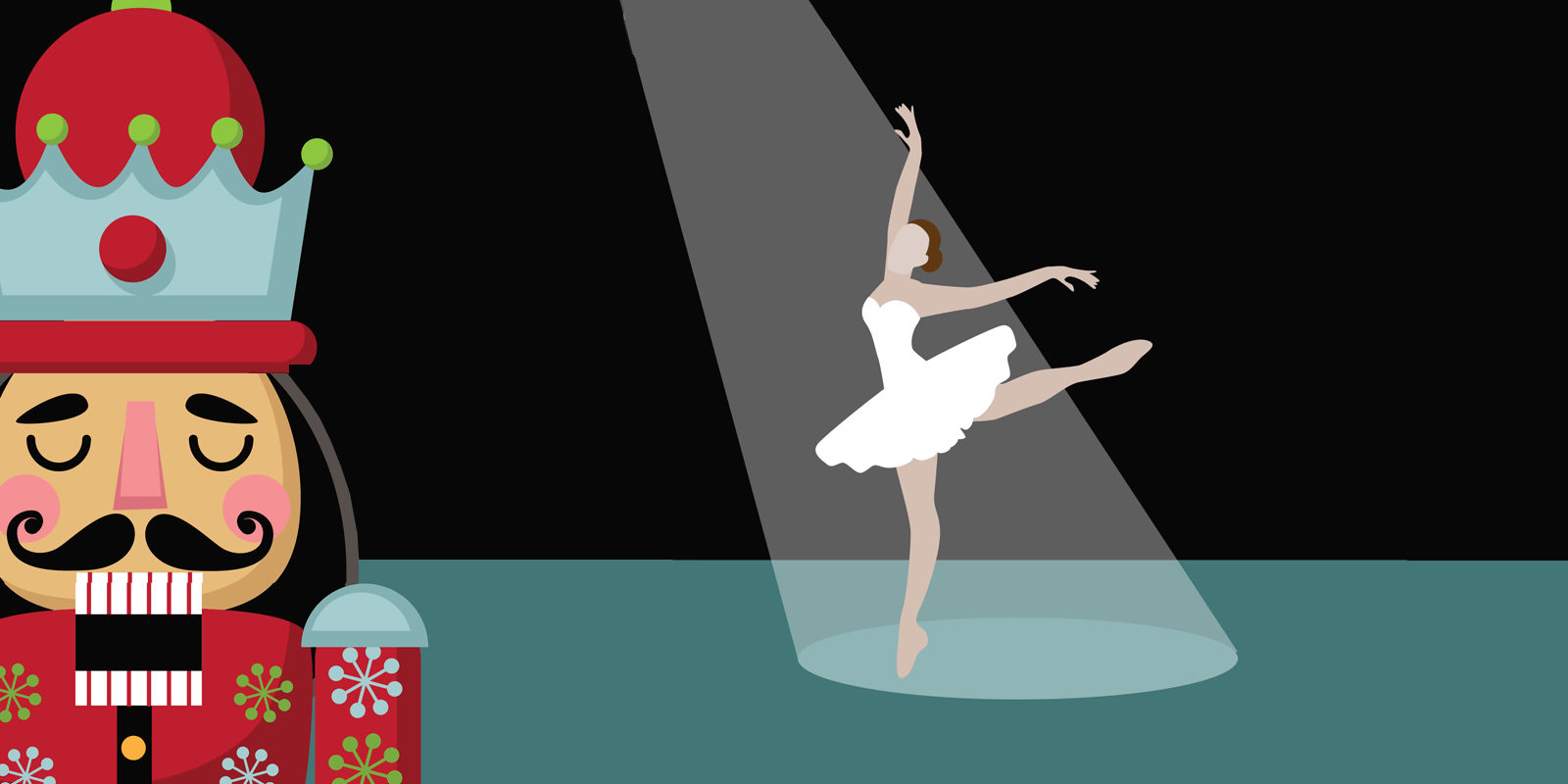
+
Traditionally, nutcrackers are made of wood, but modern interpretations have led to versions made from various materials like plastic, metal, or even fabric.



